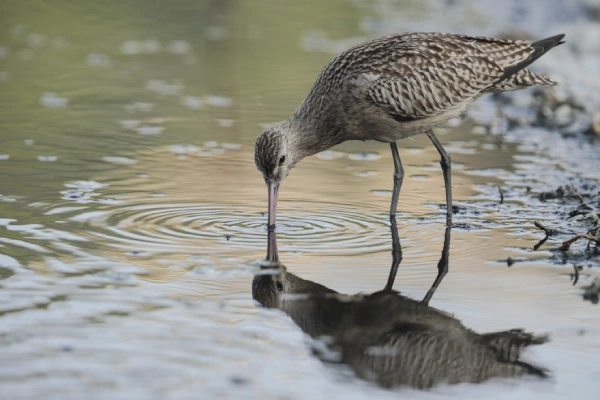Warblers Of India By An Oriental Odyssey
India, with its diverse landscapes and rich biodiversity, is a birdwatcher’s paradise. Among the myriad avian species that grace its skies, the warblers stand out as some of the most fascinating and elusive. In this journey through the enchanting realm of Indian ornithology, we embark on a quest to unravel the mysteries of these melodious creatures. Join us as we delve into the depths of forests, traverse through verdant valleys, and traverse mist-laden mountains to witness the captivating spectacle of warblers in their natural habitat.


Understanding Warblers
Warblers belong to the family Sylviidae and are renowned for their intricate songs, vibrant plumage, and elusive nature. Despite their small size, they play a significant role in the ecosystem as insectivores, contributing to pest control and maintaining ecological balance. India is home to a diverse array of warbler species, each adapted to specific habitats ranging from dense forests to grasslands and wetlands.
Exploring Habitats
The Indian subcontinent offers a kaleidoscope of habitats, providing refuge to a multitude of bird species, including warblers. From the dense jungles of the Western Ghats to the marshy wetlands of the Northeast, every region harbors its unique avian treasures. Our journey takes us through these varied landscapes, where we encounter a myriad of warbler species, each exquisitely adapted to its environment.


Species Spotlight
Common Tailorbird (Orthotomus sutorius)
Found across the Indian subcontinent, the Common Tailorbird is renowned for its distinctive call resembling a sewing machine. Its greenish-brown plumage camouflages it amidst foliage, making it a challenge to spot.Yellow-browed Warbler (Phylloscopus inornatus)
A winter migrant to India, the Yellow-browed Warbler traverses thousands of miles from its breeding grounds in Siberia to seek refuge in the warmer climes of the subcontinent. Its lemon-yellow eyebrows and melodious trill make it a delight to behold.Blyth’s Reed Warbler (Acrocephalus dumetorum)
This elusive species is a master of stealth, often concealing itself amidst dense reed beds and thick undergrowth. Its subdued plumage and intricate song add to its mystique, captivating birdwatchers with its elusive nature.Conservation Challenges
Despite their ecological importance, warblers face numerous threats, including habitat loss, fragmentation, and climate change. Rapid urbanization, deforestation, and agricultural expansion have resulted in the degradation of their natural habitats, pushing many species to the brink of extinction. Conservation efforts are thus imperative to safeguard these avian treasures for future generations.


Citizen Science and Community Engagement
Citizen science initiatives play a crucial role in monitoring warbler populations and understanding their behavior. By engaging birdwatchers and local communities in conservation efforts, we can gather valuable data on warbler distribution, abundance, and breeding patterns. Community-based conservation projects also promote environmental awareness and foster a sense of stewardship towards our natural heritage.
As our odyssey through the enchanting world of Indian warblers draws to a close, we are left in awe of the beauty and diversity of these avian wonders. From the misty forests of the Himalayas to the sun-drenched plains of the Deccan, they grace every corner of our land with their melodious songs and vibrant plumage. Yet, their future hangs in the balance, threatened by human activities and environmental degradation. It is incumbent upon us to rise to their defense, to protect and preserve their habitats, and to ensure that future generations inherit a world teeming with the enchanting symphony of warblers. For in their survival lies the essence of our own interconnectedness with nature, a reminder of the delicate balance that sustains life on Earth.
